Our solutions for individuals
Virtual reality and artificial intelligence provide innovative solutions to overcome emotional challenges such as fear and anxiety. By recreating immersive environments, they enable progressive and safe exposure to specific situations. These technologies offer personalized support, tailored to the unique needs of each individual, to promote improved well-being in daily life.

TAKE ADVANTAGE OF OUR CURRENT OFFERS
“Virtual reality is 80% effective, with benefits lasting for more than a year after treatment.” Eric Malbos, Psychiatrist
Change your approach to mental wellness with our new offerings tailored for everyone who will change your daily life.
Equipped practitioners
CHU, Liberals, Hospitals, Clinics
Efficacy
Another year later
Users
Every day
Years
Of technological advancements
Equipped practitioners
CHU, Liberals, Hospitals, Clinics
Efficacy
Another year later
Users
Every day
Years
Of technological advancements
Why such efficacy ?
1. Immersion
You will be immersed in virtual environments specifically designed to recreate anxiety-provoking situations, allowing you to confront them safely.
2. Cognitive restructuring
You will unlearn negative reactions, such as catastrophic thoughts (“I’m going to lose control”), and rebuild positive thought patterns (“I can handle this”).
3. Repetition
Through repeated exposure, these new patterns will quickly and permanently become part of your mental framework.
4. Progressiveness
The progressive increase in the difficulty of environments will allow you to gradually desensitize yourself to the anxiety and regain confidence in your abilities.
5. Personalization
With Artificial Intelligence, you will receive personalized guidance and encouragement throughout your exposure sessions.
Receive the C2Care method for free, combining Artificial Intelligence and Virtual Reality !
The AI revolution !
Our different themes !
Specific phobias
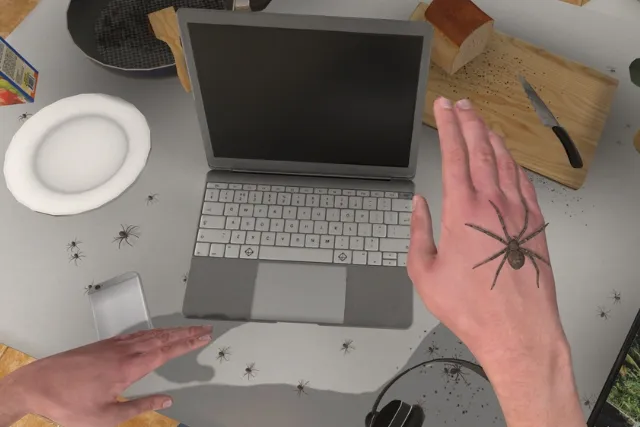
Specific phobias
A phobia is an intense and irrational fear of an object, situation, or concept, which often causes significant distress and a desire to avoid the feared element. It can involve various things, such as enclosed spaces, heights, or certain animals, and can significantly disrupt daily life. Thanks to our immersive and customizable environments, each phobia becomes a challenge ready to be tackled.
By gradually exposing oneself at their own pace, each person becomes accustomed to the feared situation and creates new habits, turning their fears into victories.
Social phobias
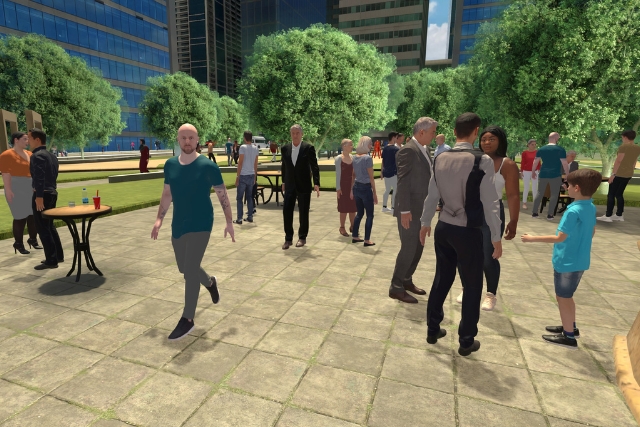
Social phobias
Social phobia is a fear related to certain social activities or performances. It involves situations where the person feels intense anxiety about the possible negative judgment from others. This anxiety can significantly affect self-confidence, making any social interaction difficult. Public speaking is often a major source of stress for those who suffer from social phobia, as they fear feeling observed, rejected, embarrassed, or humiliated, which triggers avoidance and isolation behaviors.
Through exposure, the user will gradually confront social contexts, both formal and informal, to regain control of their emotions and rebuild self-confidence.
Addictive behaviours
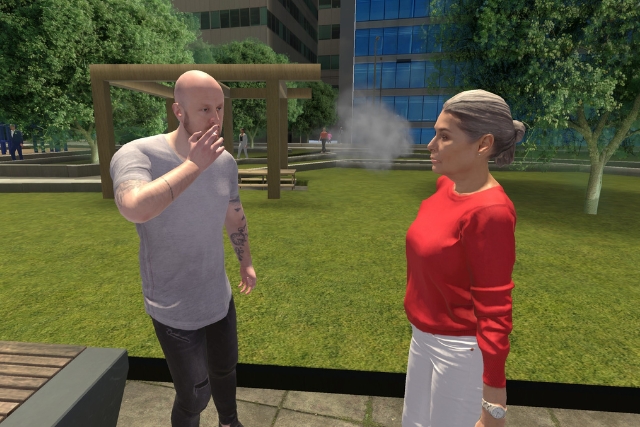
Addictive behaviours
Our environments replicate ecological situations in which craving cues (the strong urge to consume/engage in a behavior) have been placed, allowing each person to confront their difficulties.
They thus enable work not only on active cognitive processes (permissive thoughts, dysfunctional beliefs) but also on the problematic behavior by providing the appropriate methods to manage addictive conduct.
Anxiety
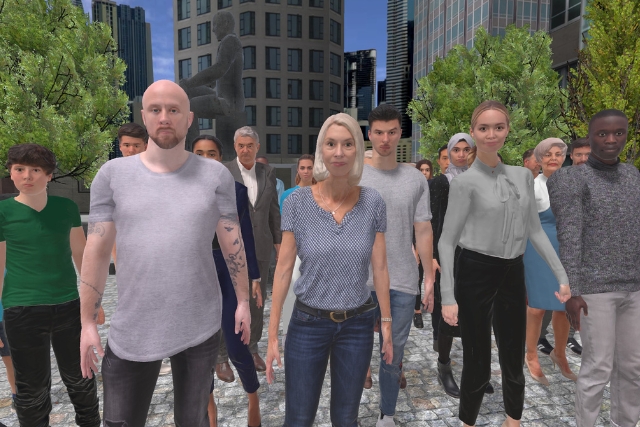
Anxiety
Anxiety is a natural response to situations perceived as threatening, but when it becomes excessive, it can disrupt daily life. It is often linked to disorders such as depression, ADHD (Attention Deficit Disorder with/without Hyperactivity), or GAD (Generalized Anxiety Disorder), amplifying difficulties in managing emotions, concentration, or stress.
Our environments allow for the simulation of specific situations, helping the user develop strategies to better manage their emotions, regain self-confidence, and sustainably improve their mental well-being.
Lives changed thanks to our method.
Feel free to customize your exhibitions for a fully immersive experience !
Each environment can be personalized by precisely choosing the situation to be exposed to :
Weather : Driving in rain, fog, or challenging flight conditions.
Crowd density : A packed supermarket, a large lecture hall, or a small meeting room.
Platform appearance : Concrete walkways, glass elevators, or wooden staircases.
Social scenarios : A casual gathering with friends, a job interview, a presentation, or a romantic date.
They testify to the effectiveness of C2Care !

Elsa - User
Since always, I avoided the elevators and closed places because of my claustrophobia. Virtual reality and the accompaniment with the psychologist, I was able to gradually face my fears, in a controlled environment. Today, I take the lifts without stress.

Loris - User
After several unsuccessful attempts to quit smoking, I decided to try the C2Care program which allowed me to confront my addiction in realistic situations. It’s been over a year since I quit and I feel free to smoke.

Tom - User
Social events caused me intense anxiety, to the point of avoiding everything. Using C2Care, I was able to gradually confront myself with these situations, first virtually and then in real life. Today, I feel more calm and confident, and participate in events without fear.

Emma S - User
Flying insects were a source of terror for me, but thanks to the immersions offered by C2Care, I was able to manage my fear safely. Every session I saw progress, and today I can stay calm in front of an insect without panicking. This method really freed me.

Sophie - User
My fear of heights prevented me from enjoying life to the full, even beautiful landscapes. With C2Care, I followed a virtual reality program that allowed me to confront my fear in a gradual way. Now I can go to high places and admire the view without feeling anxious.
Do you need further information or have any specific questions ?
Our environments in image

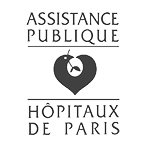



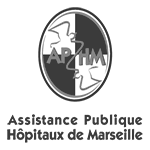


FAQ
How Long Has This Technology Been Around ?
How long does my subscription last ?
On average, it takes about six months to complete the full C2Care method. However, each individual is unique, so this duration is provided as a guideline and will be adjusted according to each person's needs. The subscription automatically renews each month, with no commitment.
What equipment do I need ?
You will then only need an internet connection.
Is this method truly effective ?
Cognitive Behavioral Therapies (CBT) have been extensively studied in scientific literature, with numerous publications demonstrating their effectiveness. Virtual reality is a highly powerful tool for addressing anxiety disorders. Additionally, we collaborate with many healthcare professionals (university hospitals, private psychologists, clinics) and regularly enhance our tools based on their feedback.
Can Virtual Reality Be Dangerous ?
How can I cancel my subscription ?
Who should I contact in case of software issues ?
Our technical service is available at the following email address: support@c2.care
We will get back to you promptly.
If there is a problem with the helmet, we will work with you to understand your problem and find a solution.
